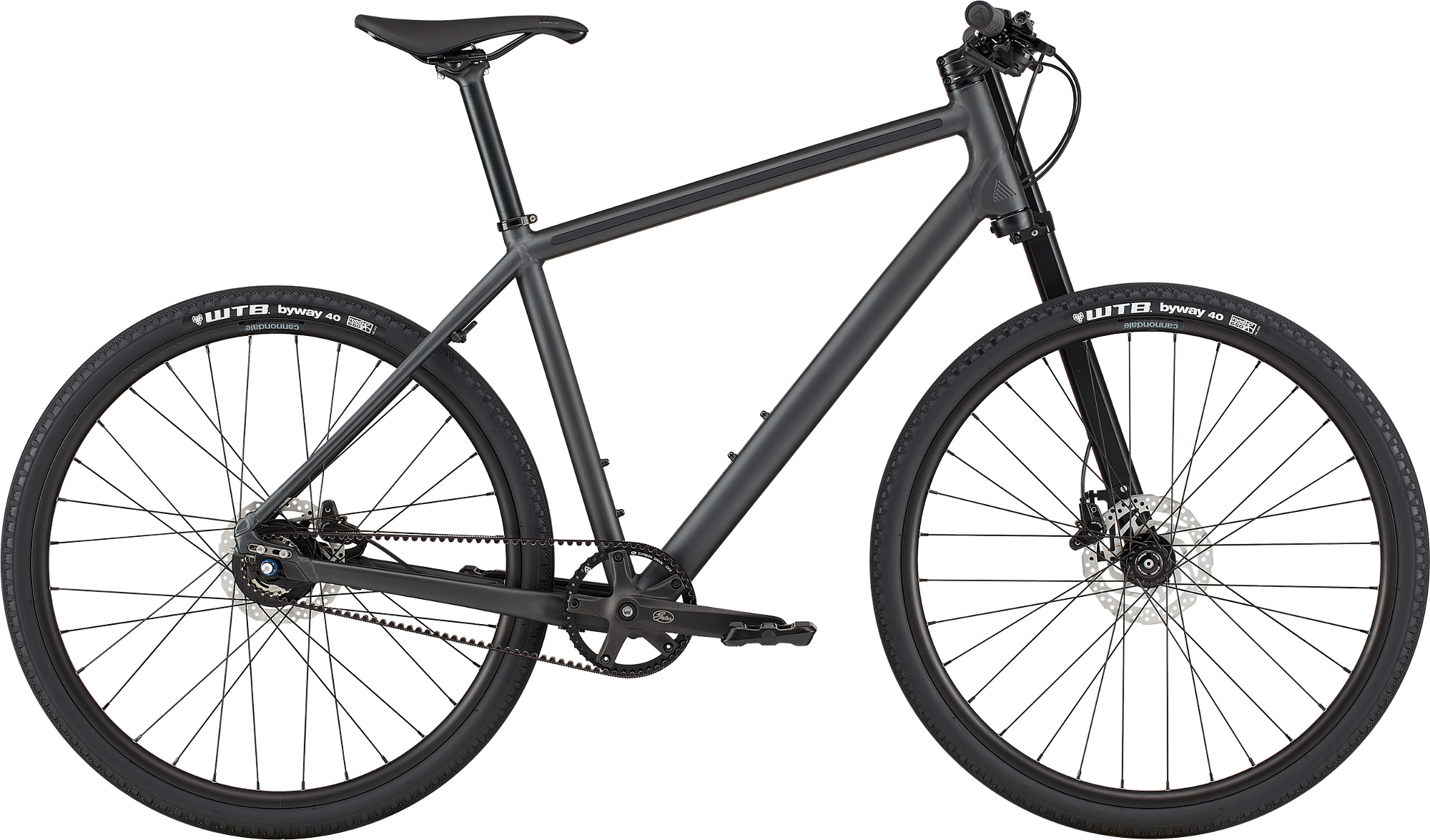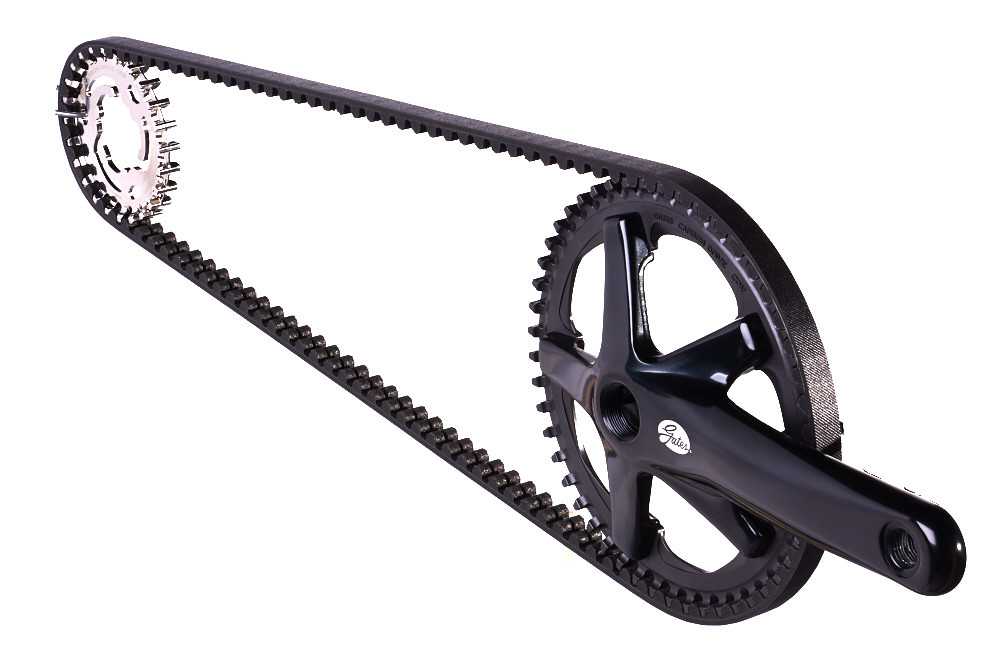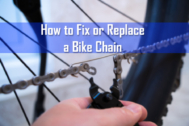A Guide to Belt Drive Bicycles – The Advantages and Disadvantages

Cannondale Bad Boy 1 | Image source: Cannondale
One of the first parts that wear out on a traditional bicycle is the chain. Following the chain, the cassette and chainrings are never too far behind. Pair this with the fact that regular cleaning and oiling are imperative to maintaining a chain’s optimal function, and you have a compelling reason to begin looking for an alternative.
This is where belt drive technology for bikes enters the fray. Belt drives are a relatively recent innovation for bikes, that understandably pique the interest of many cyclists. The appeal comes down to the seemingly huge time and effort savings made by using the technology.
Improvements in manufacturing processes and wider adoption of belt drives mean prices are becoming more accessible for the average cyclist.
With that in mind, in this article, we will discuss each of the advantages and disadvantages of belt drives. Using this knowledge you will then be able to make an educated choice when you are in the market for your next bike. If you’re interested, you can check out our article on the Best Belt-drive Bikes.
But first, let’s get an understanding of what belt drives are and how they work in comparison to chain drives.
What is a belt-drive bike and how does it work?

A belt drive bike uses a continuous toothed belt made from resilient synthetic materials such as nylon and carbon fiber. The belt drives two plates in a straight line with one front chainring and one rear cog. These plates are usually made from metal alloys like stainless steel that add to the system’s durability.
To change between gears, these bikes use a gearbox-style internal-gear hub, compared to the multiple chainrings and cogs on a standard chain drive.
There are two distinct advantages to these hubs. The first is they require much less maintenance as moving parts are protected from the elements inside the hub. The second is that they allow changing between gears while at a stop, a huge benefit for urban cycling.
When you combine a synthetic belt and internal gearing with a stainless steel chainring and cog, it results in an exceptionally durable system requiring almost no maintenance in relation to chain drives.
For reasons such as cleanliness, durability, low maintenance, and functionality, it’s easy to see why these systems are increasing in popularity.
Next, we will explore the aforementioned benefits of belt drives, as well as some notable disadvantages currently associated with the technology.
The Pros & Cons of Belt Drive Bikes
Many people ask us, “are belt drives really that convenient?”. The answer to that question depends on your individual needs. What is a great, convenient thing for one person, may not provide any benefit to the next.
With that in mind, you can decide which of the following pros and cons are important to you.
Belt Drive Pros
- Light – As mentioned above, belts are made with light synthetic materials, usually reinforced with super lightweight and durable carbon fiber. They also use a single cog and chainring, saving weight there too. However, internal gear hubs are heavier than derailleurs. When bike touring, you won’t need to carry lube, degreaser, a chain tool, and spare links for repair and maintenance
- Easy to maintain – Belt drives don’t require lubricant or adjustments. This reduces dirt adhesion, essentially eliminating the need for regular cleaning. A quick wipe down to remove dirt and dust is enough to maintain perfect function. Internal gearing means those components are protected by their casing.
- Clean – Because there is no lube, they are cleaner. Fewer oil marks on your hands, clothes, or legs
- Long-lasting parts – On average belt drives last four times longer than a chain drive before they need replacing (20,000 vs. 5,000 miles). There are also fewer moving parts, meaning there are fewer things to go wrong. This potentially saves you money in the long term
How to Fix a Bike Chain — Replace & Resize a Bike Chain Easily
- Quiet – They are much quieter than chains because there is no metal on metal rubbing. Belt drives don’t squeak from lack of maintenance either
- Switch gears at a stop – Internal gear-hubs allow you to switch between gear without pedaling to make the change like a traditional chain drive
Belt Drive Cons
- Expensive initially – Belt drives are still quite a niche product. The percentage of bikes built for belt drives is still quite low, and they require more complex and expensive components. Low demand means lower supply, thus higher cost to the consumer
- Limited compatibility in drivetrains and frames – They are not compatible with derailleurs. They must be used as single-speed bikes, with a Pinion gearbox, or internal gear hub. Likewise, manufacturers must make belt drive-specific frames. They do so by adding a split in the rear triangle. This is because the belt is one continuous piece and cannot be split up for installation as a chain can.
- Limited tire or rim size – Because belts are wider than chains, you may encounter issues with clearance if you want to add wider rims or tires to your bike
- New parts are very expensive – A new belt can cost up to $100, compared to a chain which should cost around $10. A new belt drive gear system also costs significantly more than a whole new chain-based drivetrain. That being said, the belt drive will last much longer, potentially canceling out the added cost
- Parts are hard to find – Many small bike shops do not service belt drives or carry spare parts. This is especially relevant in developing countries, which could lead to a bicycle tour being cut short due to the inability to get parts to fix the bike if damage occurs
- Limited gearing – Chain drive systems have the ability to offer larger gear ranges than belt drive alternatives. This limitation to gear range decreases their effectiveness in mountainous terrains
The Efficiency of Belt Drives
 Belt drive efficiency does not fit neatly as either a pro or a con. This is because the efficiency changes in different scenarios.
Belt drive efficiency does not fit neatly as either a pro or a con. This is because the efficiency changes in different scenarios.
When tested in a lab setting, belt drives perform better at power outputs greater than 212 watts. At an output lower than 212 watts (most non-competitive cyclists would stay below this most of the time), chains were 0.3 to 1.0 percent more efficient.
However, it’s important to note that chains become less efficient the more they wear, which is quickly in some cases. They also pick up dirt and road spray, contributing to a loss in efficiency unless you maintain yours perfectly. Finally, lube quality varies and affects the overall efficiency of your chain-driven bike.
All things considered, the difference in efficiency between a belt and a chain drive is insignificant to the average cyclist, and the difference may be even less in real-world circumstances.
Conclusion
Overall, it’s clear there are significant pros and cons to consider before you choose a belt drive bicycle. You just need to weigh up which ones are the most meaningful to you, and we hope that this article has helped you do so. In the end, the likelihood is you will love your bike no matter which system you opt for, and the most important thing is that you get out there and enjoy riding your bike as much as possible.
If you’d ask us personally, we’ll show you two thumbs up as the whole belt-drive industry is a perfect alternative to the chain & derailleur system. It is best suited for most recreational cyclists as all they basically need to do is inflate the tires every now and then. Belt drives are awesome – silent, clean, and maintenance-free! 🏆




